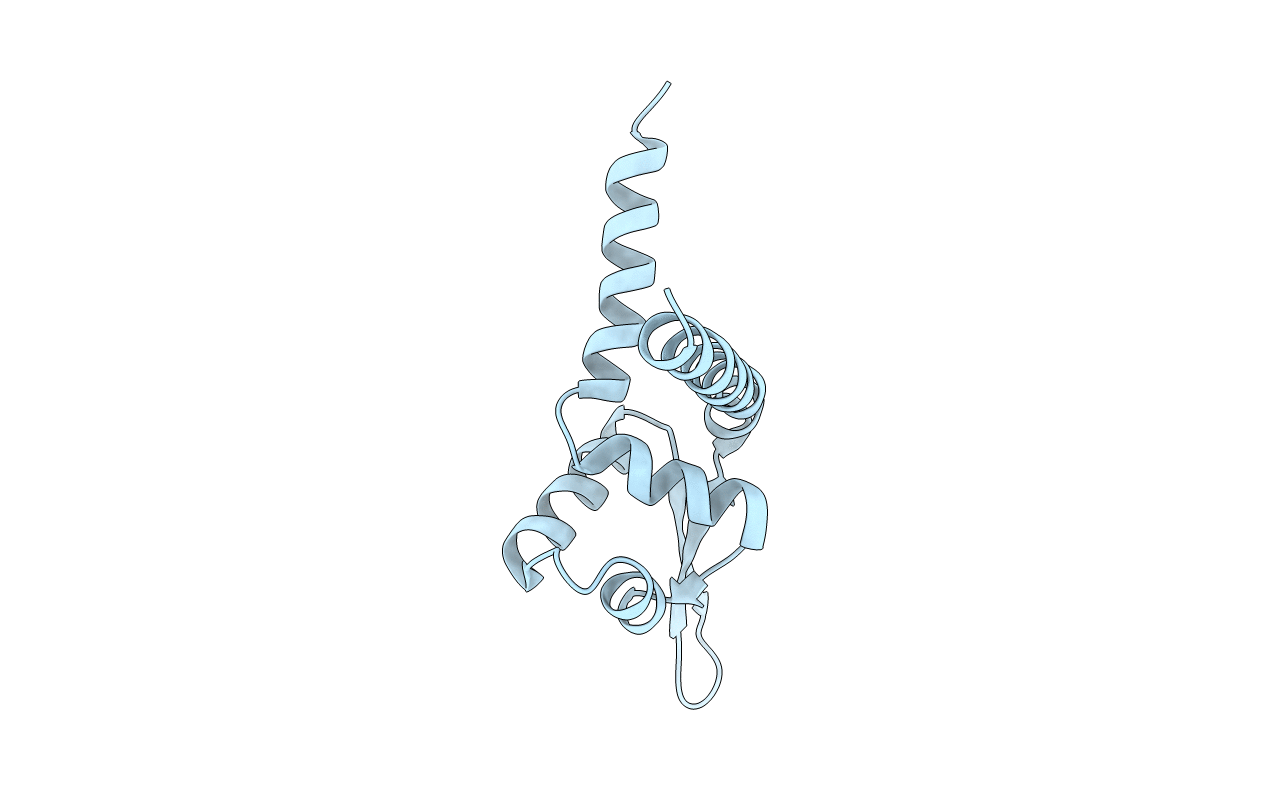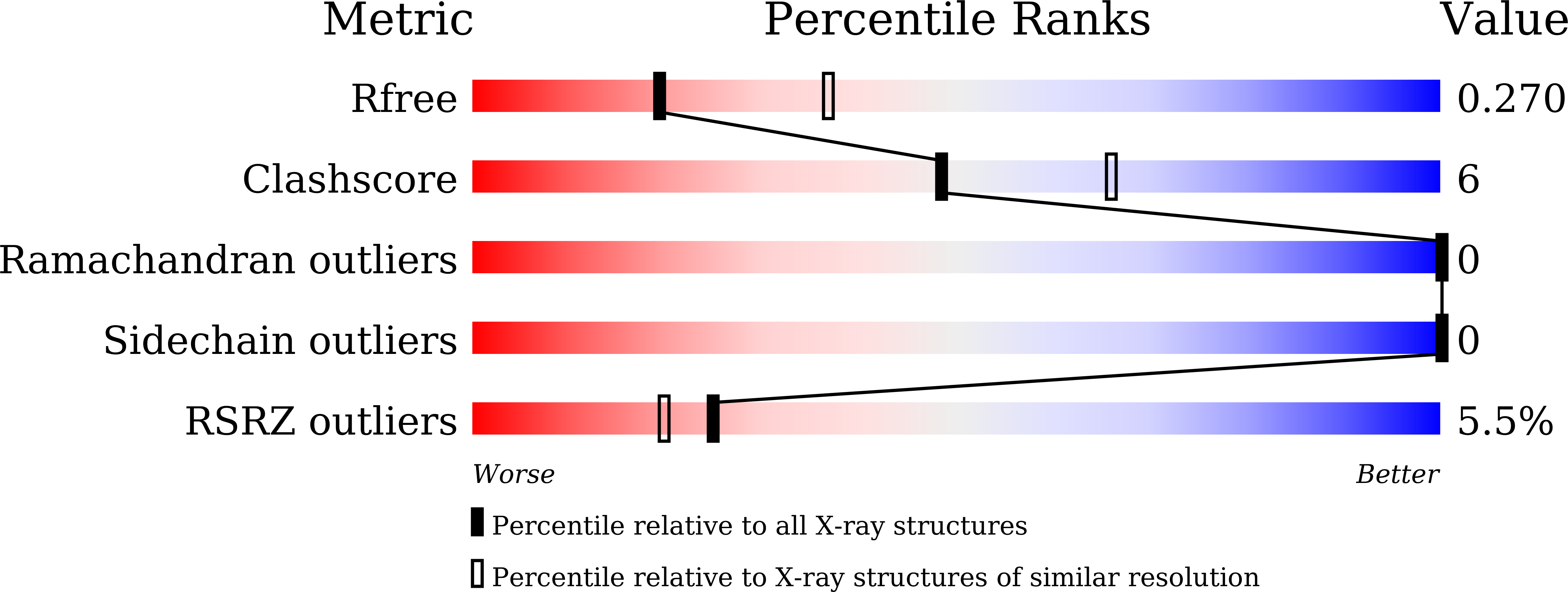
Deposition Date
2020-04-27
Release Date
2021-02-03
Last Version Date
2023-11-29
Entry Detail
Biological Source:
Source Organism:
Bacillus subtilis (strain 168) (Taxon ID: 224308)
Host Organism:
Method Details:
Experimental Method:
Resolution:
2.61 Å
R-Value Free:
0.27
R-Value Work:
0.24
R-Value Observed:
0.24
Space Group:
I 2 2 2


